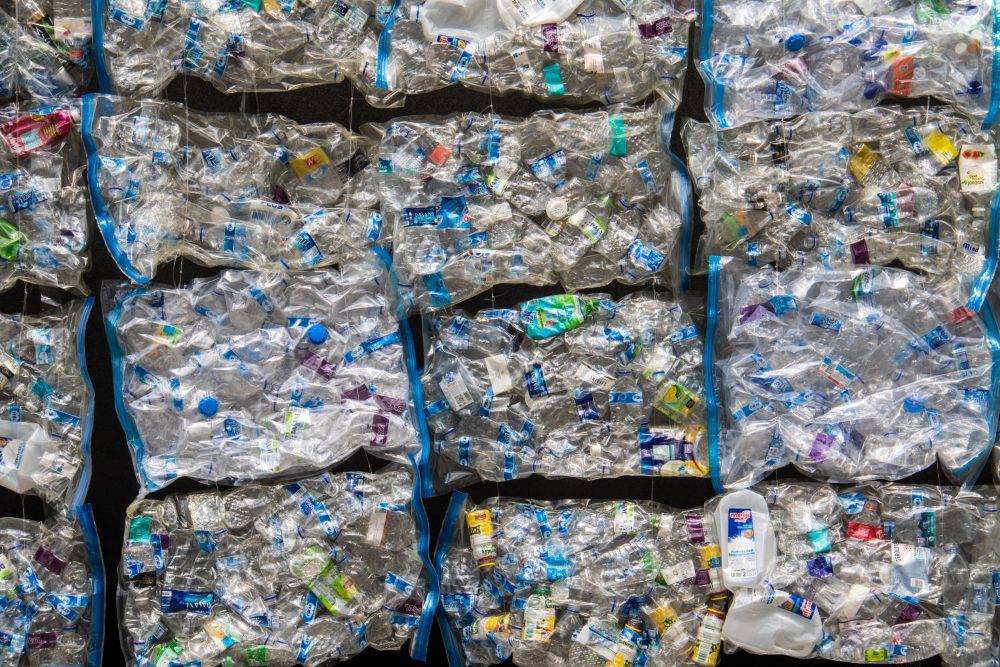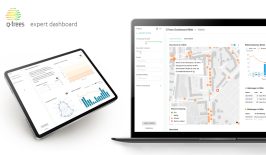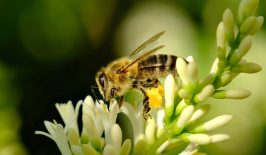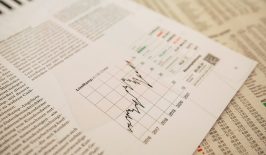Recycling centres grapple with the challenge of efficiently sorting recycling amidst a diverse stream of materials.
Inadequate sorting can lead to various negative outcomes, with a significant portion of recyclable materials being improperly diverted to landfills. This not only hampers environmental sustainability but also undermines the overall effectiveness of recycling efforts.
Consumers wield significant influence by ensuring diligent sorting practices at the source. At the same time, recycling centres can enhance sorting efficiency through the adoption of advanced technologies such as artificial intelligence and robotics.
Robotics to the rescue?
Companies such as AMP Robotics, Machinex, Recycleye, EverestLabs are increasingly developing digital solutions to help recycling centres sort materials more accurately and efficiently.
EverestLabs, for exaple, employs 3D depth-sensing cameras on recycling conveyor lines. The cameras can quickly identify up to 200 items in each frame. Meanwhile, the company’s AI software instantly analyses the data to provide invaluable insights into brands, packaging types, and materials.
Similarly, AMP Robotics, Machinex, and Recycleye specialise in AI-powered robotic systems that precisely identify and separate recyclables from mixed materials, with machine learning boosting the accuracy of material recognition.
Together, these companies are reshaping the recycling landscape by making sorting more efficient, reducing contamination, and increasing the overall recovery of recyclable materials.
Leave it in the hands of Sorty McSortface and Sir Sorts-a-Lot
AMP Robotics’ AI-powered sorting robots, the hilariously-named Sorty McSortface and Sir Sorts-a-Lot, are already picking through materials with 99 percent accuracy at 80 different recycling facilities.
Often, they are more accurate than the human eye—and unfathombly fast. A tangled heap of garbage can be classified into 80 distinct items in less than a minute. Billions of different shapes, sizes, granular specifics, colors, logos, and even SKU numbers can be recognised.
“We know this is Procter and Gamble, this is Unilever, and so on,” said AMP Robotics CEO Matanya Horowitz. “If we know the SKU, we can determine anything—I know what adhesive they used; I know what cap they used; I know what was actually in it.”
In addition to vastly improved sorting, AI has the potential to create new end-markets for recyclables by facilitating the sorting of materials that were previously challenging to process.
With the United States’ largest waste management company committing $800 million USD to recycling infrastructure by 2025, the rapid expansion of AI-powered facilities is inevitable.
Reduce first, reuse if you can, recycle if you must
The integration of AI in recycling represents a significant step forward, but a comprehensive solution will require addressing systemic issues in consumer behavior, industry practices, and waste management policies.
Despite the advancements in AI technology, it is crucial to acknowledge that technological solutions alone cannot fully overcome the limitations of recycling. Prioritising sustainable practices, especially reducing single-use consumption, remains the most effective strategy against plastics pollution.








